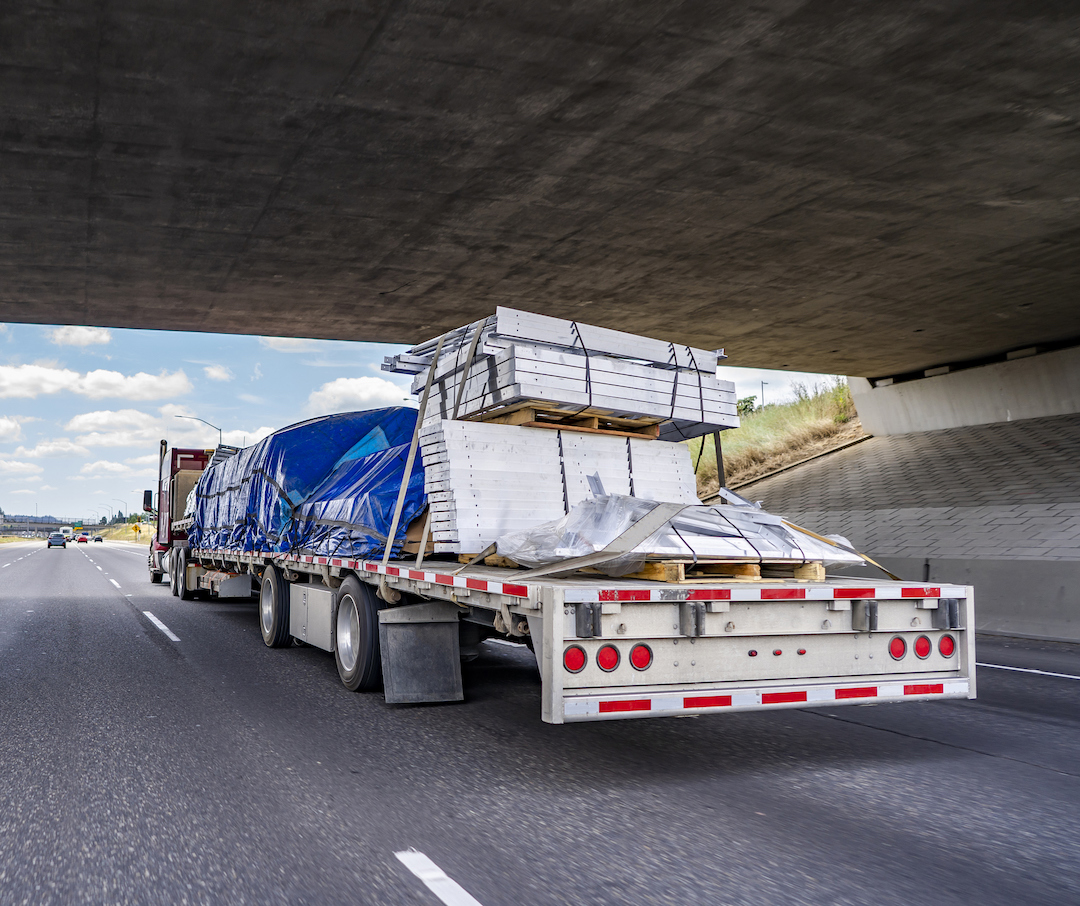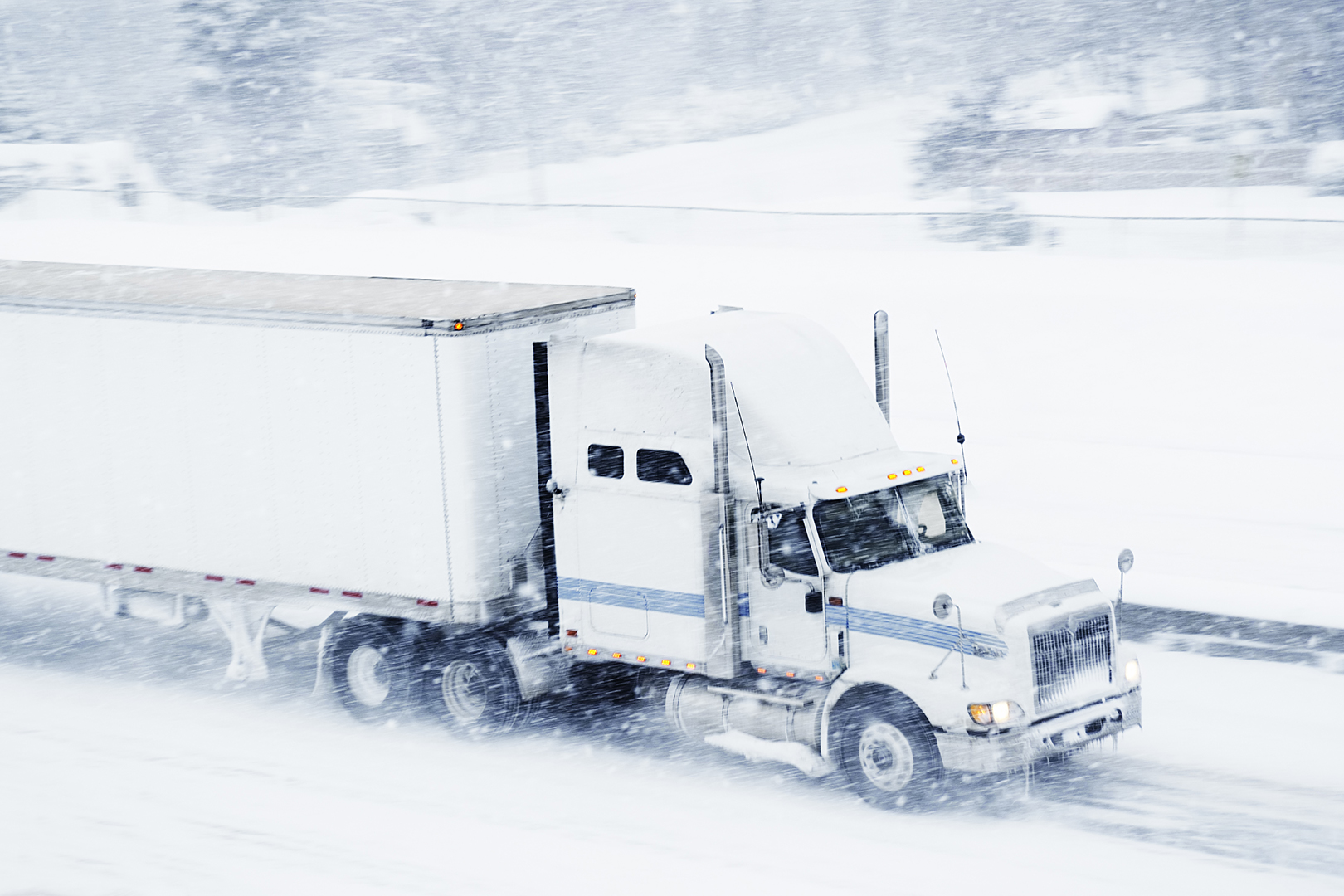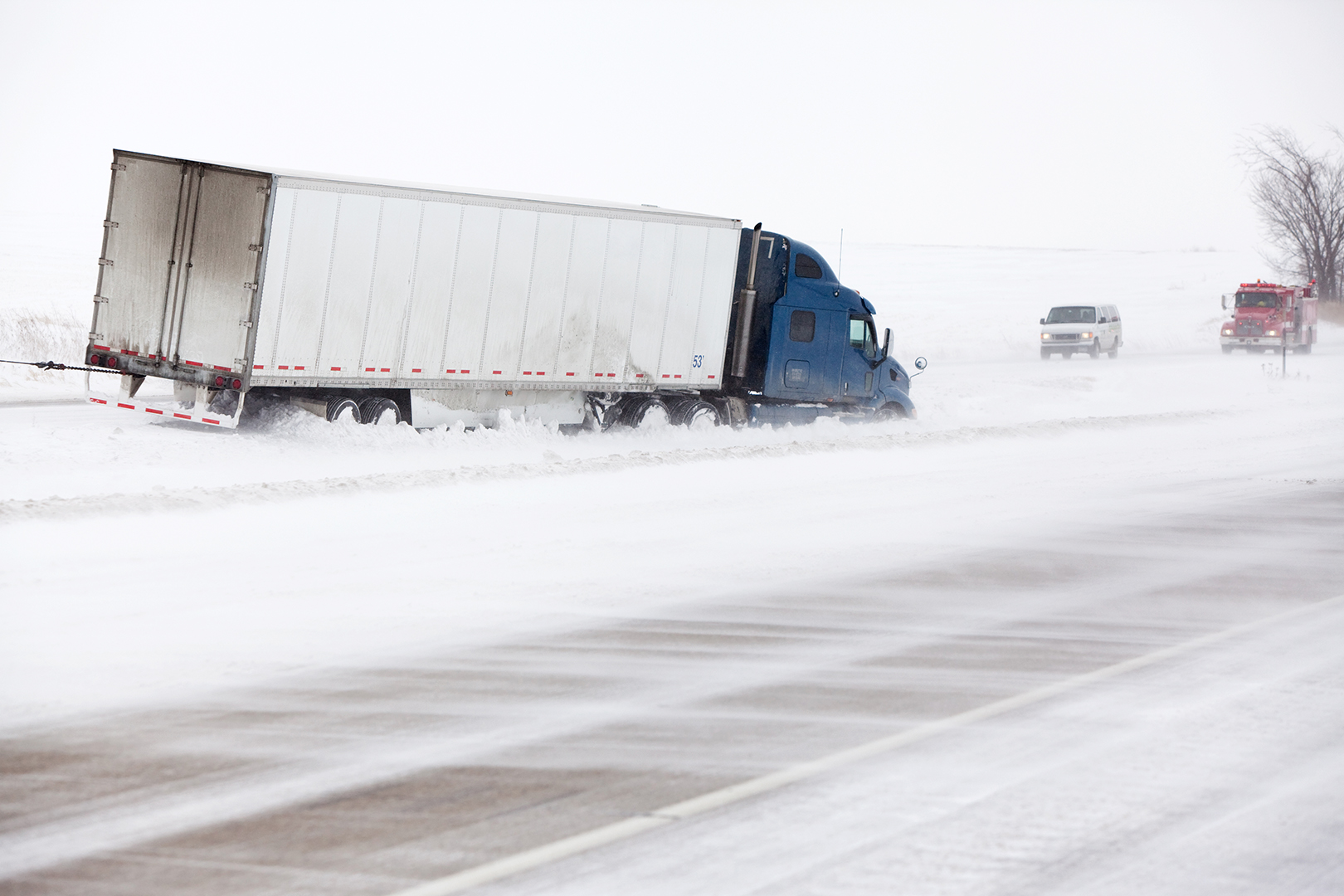Time to Discuss Fall Driving Hazards
.jpg?width=581&height=386&name=custom-Custom_Size___iStock-509680088%20(1).jpg)
As summer comes to an end, the transition to fall presents its own set of challenges to drivers, and motor carriers should be proactive in communicating these hazards to the fleet.
Naturally, during this time the air starts to become cooler, precipitation increases, and days become shorter. Fall also brings with it the return to school, harvest season, and an increase in animal activity due to hunting and mating seasons. Each of these hazards poses the risk of a critical crash, specifically a rear-end, run under, loss of control, or lane change crash. These four crash types may occur less frequently than, say, a backing or hitting a stationary object crash, but critical crashes typically result in severe losses, such as serious injury, death, or high dollar claims.
Below are common fall driving hazards to share with drivers. Please take the time to discuss these seasonal risks to help prevent critical crashes.
Time Change
Fatigue, adverse weather, and reduced visibility are hazards associated with the end of daylight savings time.
Remind drivers to get plenty of rest, keep windows and mirrors clean, and plan for weather delays.
Farm Vehicles
Slow moving farm vehicles on rural roads and highways are common this time of year. These vehicles may be less conspicuous to see and often make sudden movements off-road or into fields. Remind drivers to be patient and not to pass a farm vehicle unless it is safe and legal to do so.
Back to School
Expect the unexpected around bus stops and school zones. With children running around, vehicles dropping off and picking up students, and lower speed limits in these areas, back to school time can present many challenges. Remind drivers to be extra vigilant, slow down, and be prepared to stop suddenly.
Animal Strikes
This time of year will see an increase of deer and other animals crossing the roads. Remind drivers that the best option to avoid a loss of control crash is to be attentive to the road ahead, slow down to increase reaction time, and hit the animal (if necessary) if it is blocking the road.
The information in this article is provided as a courtesy of Great West Casualty Company and is part of the Value-Driven® Company program. Value-Driven Company was created to help educate and inform insureds so they can make better decisions, build a culture that values safety, and manage risk more effectively. To see what additional resources Great West Casualty Company can provide for its insureds, please contact your Safety Representative, or click below to find an agent.
© Copyright Great West Casualty Company 2017. The material in this publication is the property of Great West Casualty Company unless otherwise noted and may not be reproduced without its written consent by any person other than a current insured of Great West Casualty Company for business purposes. Insured should attribute use as follows: “Used with permission by Great West Casualty Company.”
This material is intended to be a broad overview of the subject matter and is provided for informational purposes only. Great West Casualty Company does not provide legal advice to its insureds, nor does it advise insureds on employment-related issues. Therefore, the subject matter is not intended to serve as legal or employment advice for any issue(s) that may arise in the operations of its insureds. Legal advice should always be sought from the insured’s legal counsel. Great West Casualty Company shall have neither liability nor responsibility to any person or entity with respect to any loss, action, or inaction alleged to be caused directly or indirectly as a result of the information contained herein.




